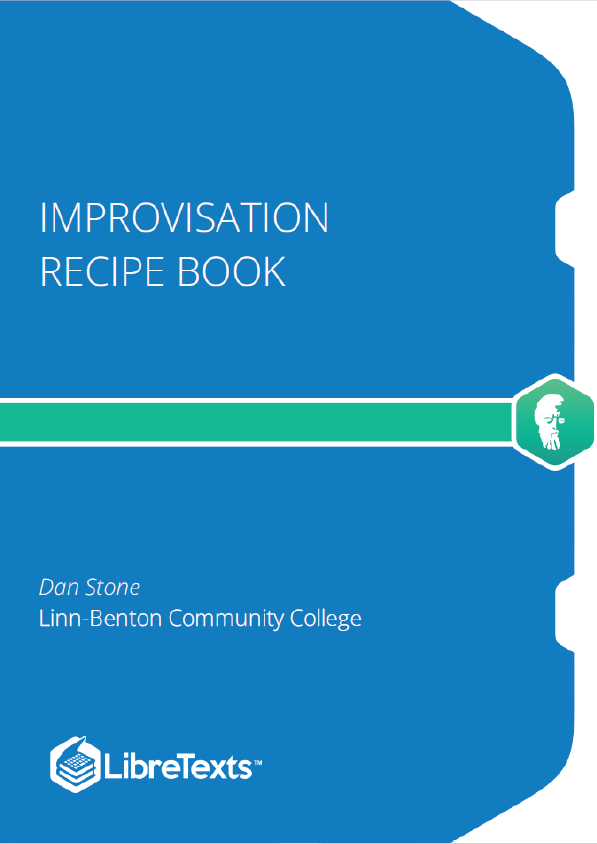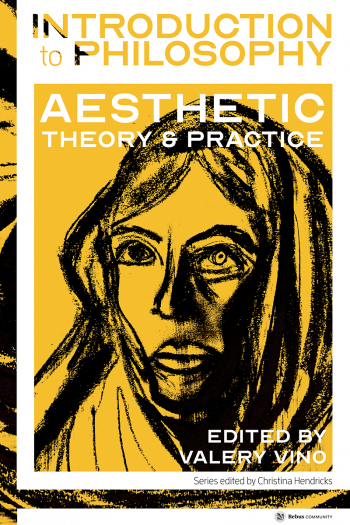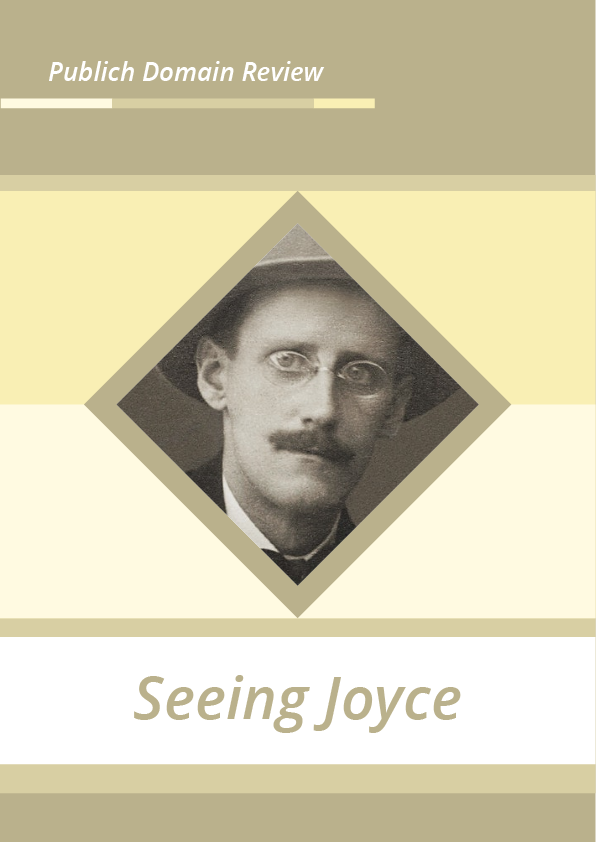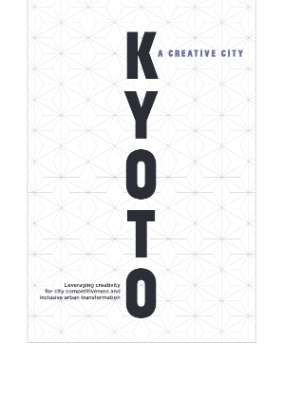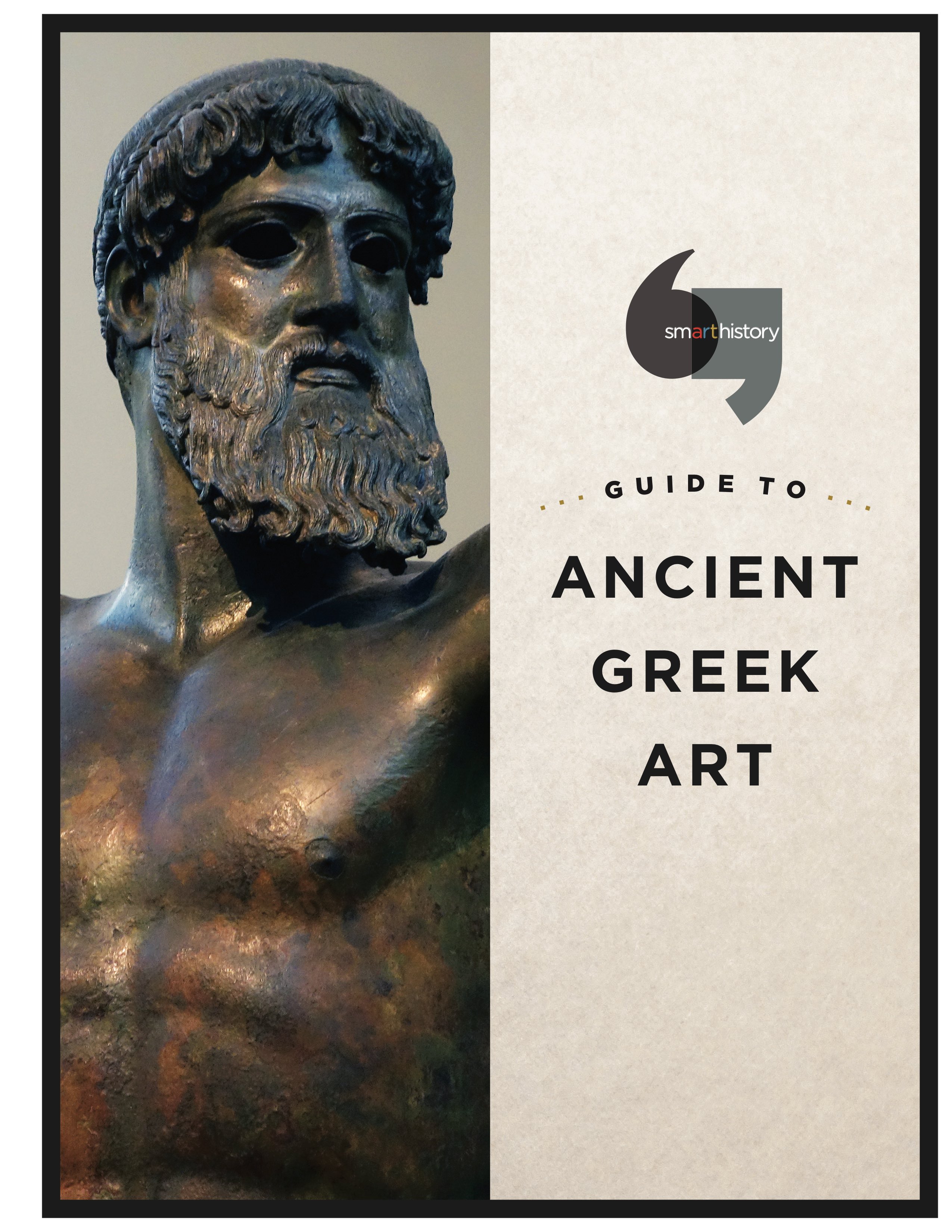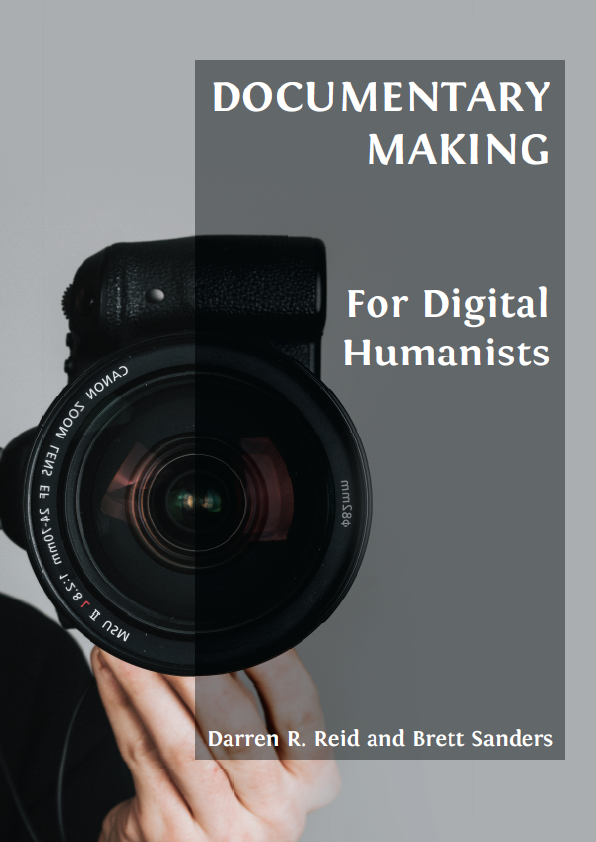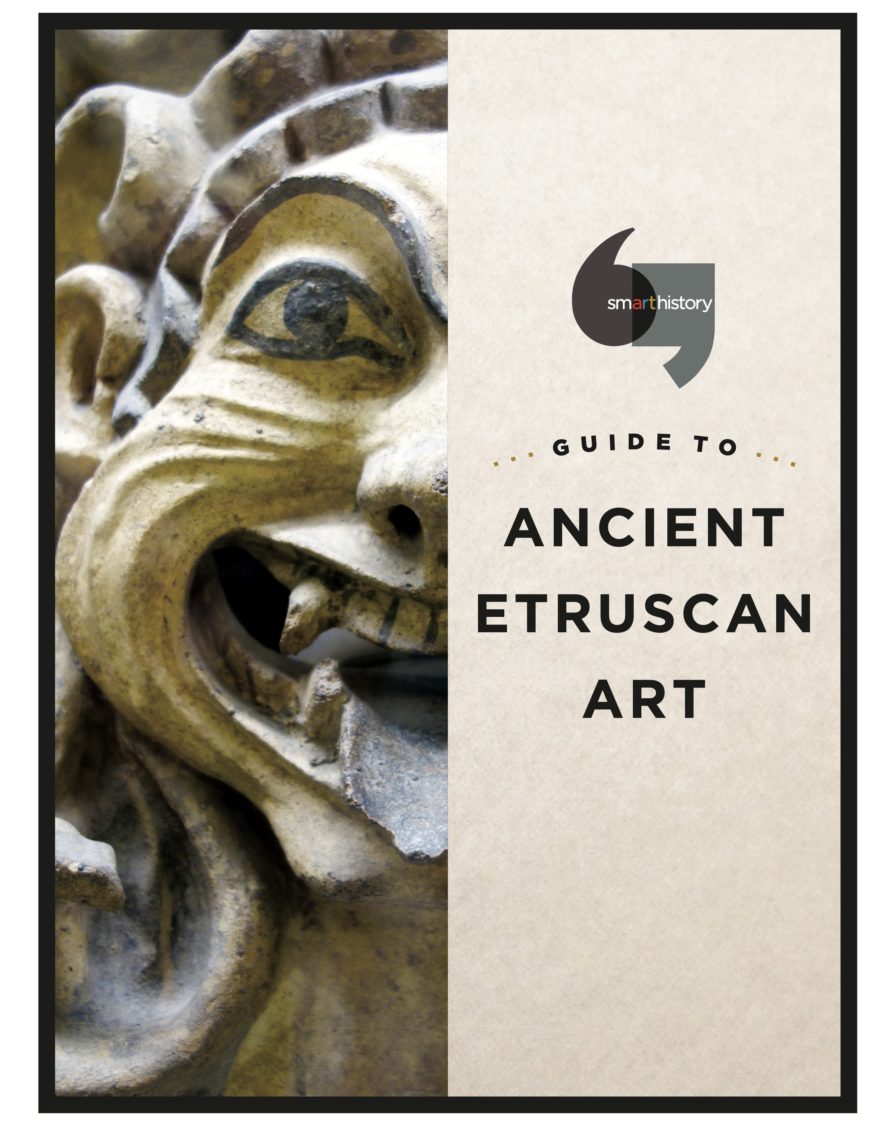The earliest well documented use of improvisational theatre in Eastern history is found in the Atellan Farce of Africa 391 BC. From the 16th to the 18th centuries, commedia dell’arte performers improvised based on a broad outline in the streets of Italy. In the 1890s, theatrical theorists and directors such as the Russian Konstantin Stanislavski and the French Jacques Copeau, founders of two major streams of acting theory, both heavily utilized improvisation in acting training and rehearsal.
Modern
Modern theatrical improvisation games began as drama exercises for children, which were a staple of drama education in the early 20th century thanks in part to the progressive education movement initiated by John Dewey in 1916. Some people credit American Dudley Riggs as the first vaudevillian to use audience suggestions to create improvised sketches on stage. Improvisation exercises were developed further by Viola Spolin in the 1940s, 50s, and 60s, and codified in her book Improvisation For The Theater, the first book that gave specific techniques for learning to do and teach improvisational theater. In the 1970s in Canada, British playwright and director Keith Johnstone wrote Impro: Improvisation and the Theatre, a book outlining his ideas on improvisation, and invented Theatresports, which has become a staple of modern improvisational comedy and is the inspiration for the popular television show Whose Line Is It Anyway?
Spolin influenced the first generation of modern American improvisers at The Compass Players in Chicago, which led to The Second City. Her son, Paul Sills, along with David Shepherd, started The Compass Players. Following the demise of the Compass Players, Paul Sills began The Second City. They were the first organized troupes in Chicago, and the modern Chicago improvisational comedy movement grew from their success.
Many of the current “rules” of comedic improv were first formalized in Chicago in the late 1950s and early 1960s, initially among The Compass Players troupe, which was directed by Paul Sills. From most accounts, David Shepherd provided the philosophical vision of the Compass Players, while Elaine May was central to the development of the premises for its improvisations. Mike Nichols, Ted Flicker, and Del Close were her most frequent collaborators in this regard. When The Second City opened its doors on December 16, 1959, directed by Paul Sills, his mother Viola Spolin began training new improvisers through a series of classes and exercises which became the cornerstone of modern improv training. By the mid1960s, Viola 6 Spolin’s classes were handed over to her protégé, Jo Forsberg, who further developed Spolin’s methods into a one-year course, which eventually became The Players Workshop, the first official school of improvisation in the USA. During this time, Forsberg trained many of the performers who went on to star on The Second City stage.
